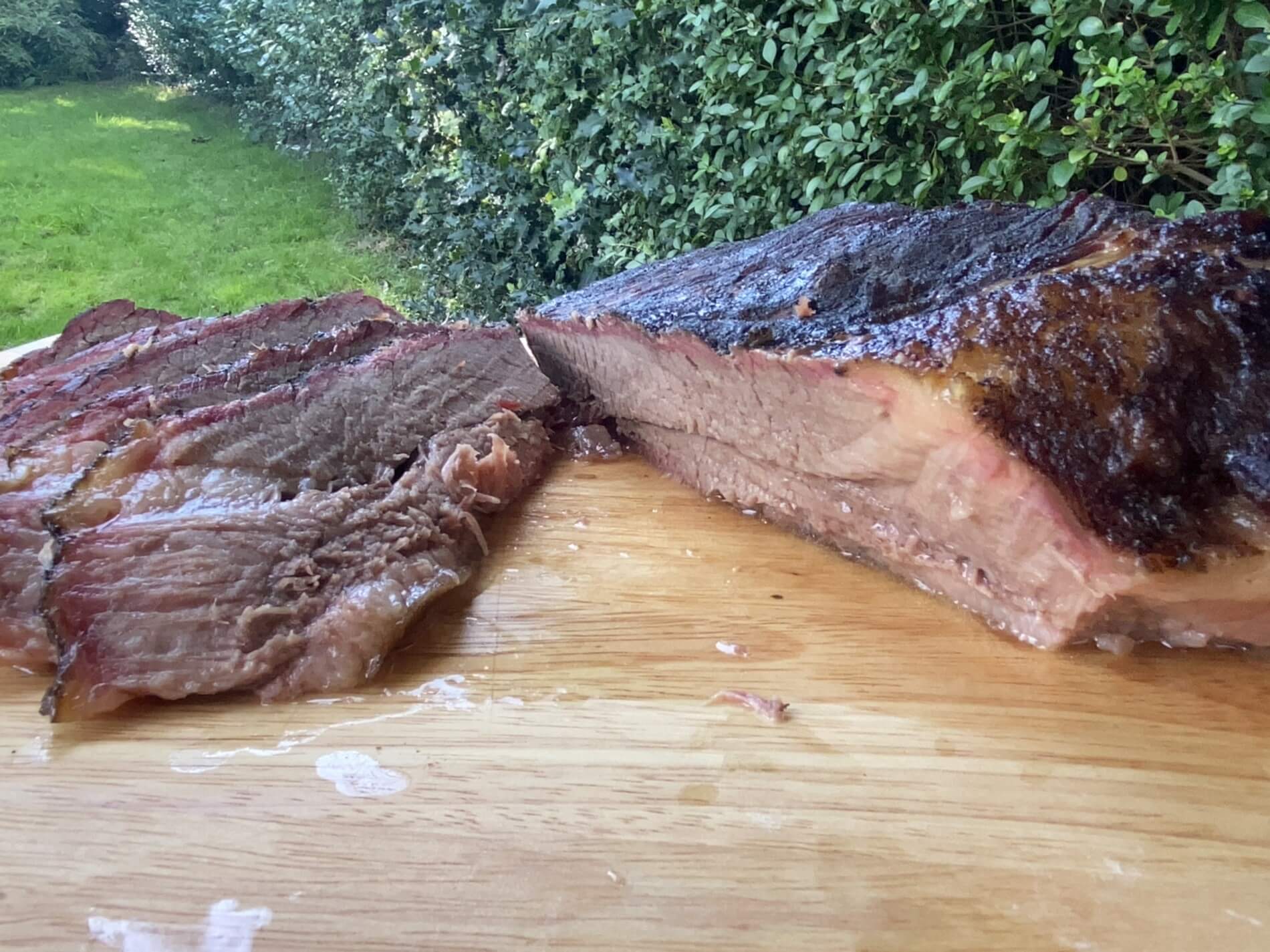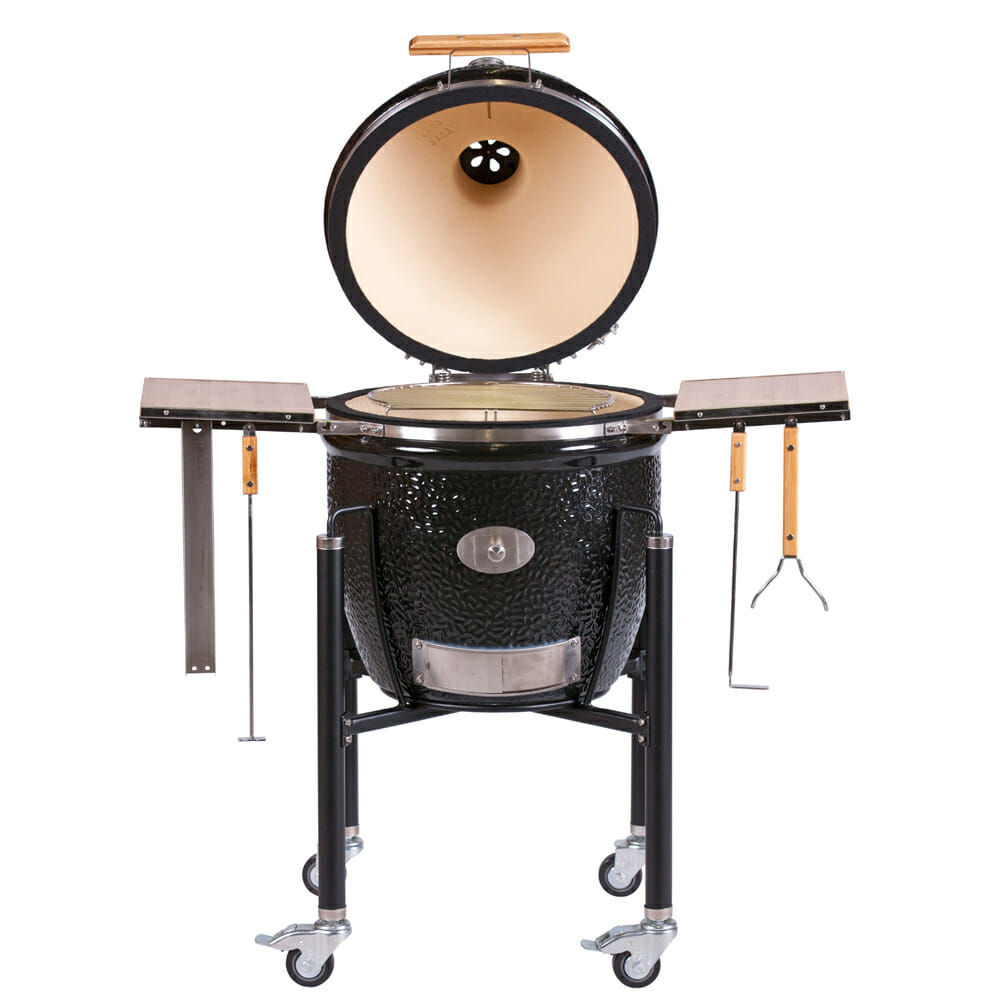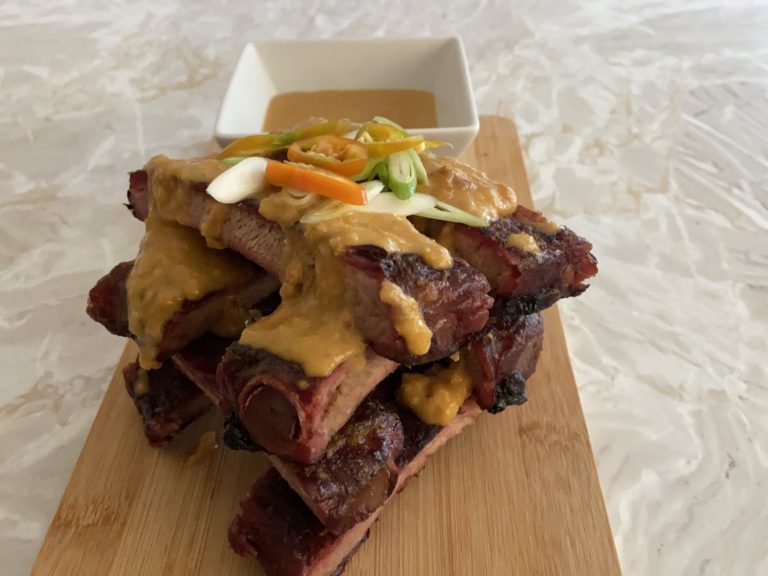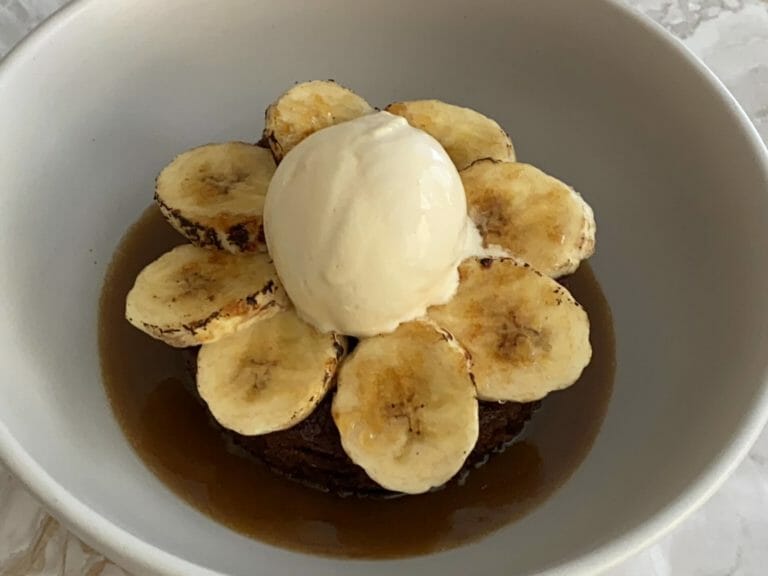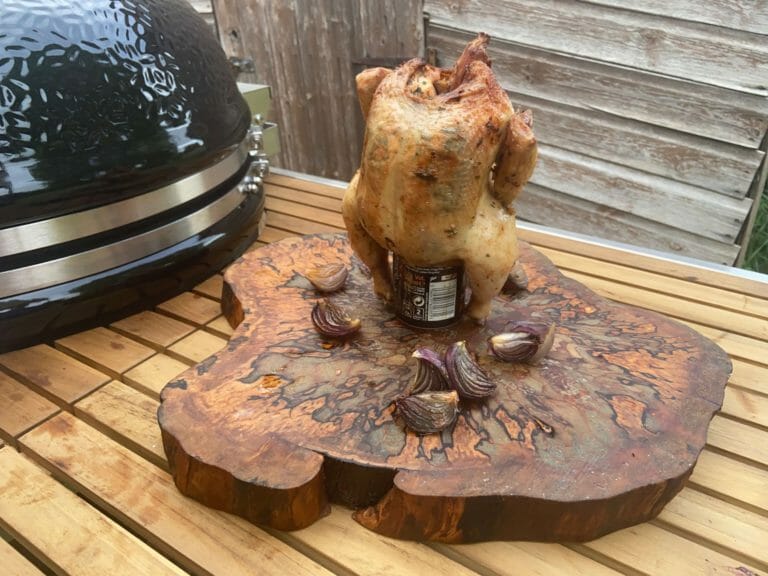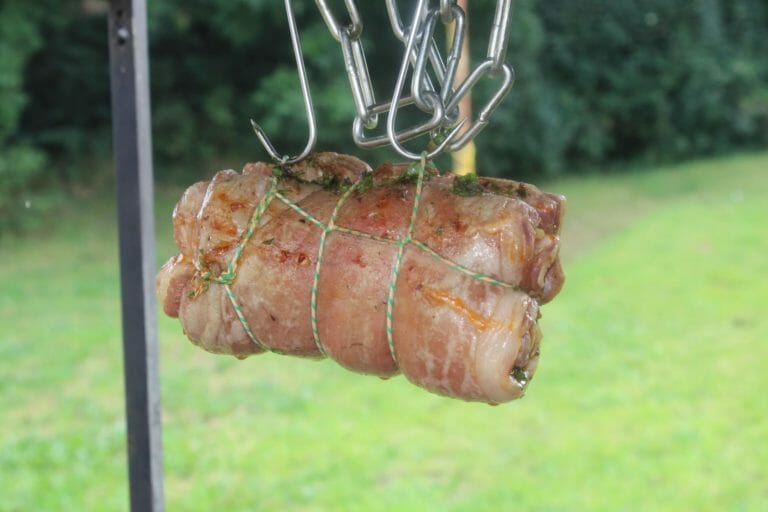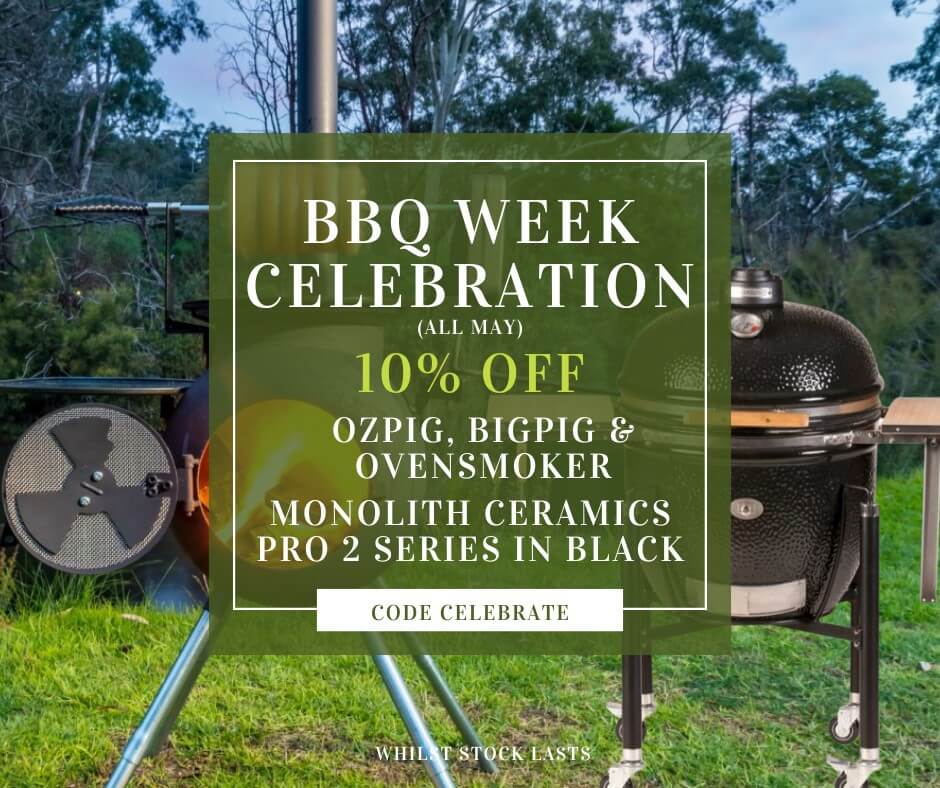Uk Grass Fed Beef Brisket
Table of Contents
Uk Grass Fed Beef Brisket
The beef brisket is a cut of meat taken from the breast section of a cow. It is one of the most popular cuts for slow cooking and smoking with barbecue sauce or wine, beer, fruit juice, water or other liquids added to flavour it. The brisket can be cooked in an oven as well but this doesn’t have that traditional smoky flavor associated with BBQ’s.
In Texas they are famous for what they call “barbecue.” This refers to an event where people gather together and cook beef briskets slowly over hot coals on metal racks known as “grills” (although often there are no grills at all). They are cooked on BBQ Smokers.
What is the difference between UK Grass Fed Beef Brisket and USDA brisket?
In general, the UK cattle are left to feed in the fields making them more “free range”, living out their natural lives grazing on grass and other plants. This means they are not given supplements or hormones that might be present in beef from the United States Department of Agriculture (USDA).
UK Grass Fed Beef Brisket has an intense taste with a richer texture because it comes from cattle fed only fresh pasture throughout their life. UK Grass-Fed Beef is lower in Moisture than USDA beef as it doesn’t have the inter-muscle fat content.
This all translates into delicious flavor without the additives many people do not want to eat in their food today!
This UK Beef Brisket was cooked on the Monolith Le Chef
How do you make brisket tender?
Brisket is typically cooked for hours over a low temperature in the BBQ which is called Low and Slow. There’s also a Hot and Fast method but can be difficult to get right. The slow, moist cooking breaks down tough collagen and connective tissue so that it becomes tender.
What temperature is grass fed beef brisket cooked to?
The done temperature of the brisket on a BBQ does very because not every piece of beef is the same and also the weather conditions can effect the time of the cook.
It’s usually done from anywhere between 95C(203F) and 98C(210F). The best way to check is to probe it and when the probe feels like it is going through soft butter, then it is done.
Take it over the heat and let it vent (opening the foil stops the cooking process) for 15 minutes or so and then place in a cool box to rest for a minimum of 1 hour but best over a couple of hours.
Serves: 6 People
Allergens: May Contain Celery in Bovril
Time: 12-18hrs Depends on the Brisket
BBQ Used: Weber Smokey Mountain (WSM)
Ingredients
- 6Kg Grass Fed Beef Brisket – Point and Plate cut in the UK is known as the Packer Cut in the USA
- 1/4 CUP Salt
- 1/4 CUP Pepper
- 1/4 CUP Garlic Powder
Liquid:
- 1 TBSP Borvil
- 1 Beef Stock Cube
- 250ML Boiling Water
Method
- Trim any unnecessary fat leaving 1/2″ if possible. Also, any silver skin as this will stop the rub penetrating into the meat. After trimming the Brisket weighed 5Kg.
Note: In the video the rib meat was still attached to the brisket and when I removed that (rib meat cooks differently to brisket) you’ll find the plate (flat) narrows to much. To save this overcooking I would remove it and use it for another dish such as Chilli or mincing it for Burgers. - Make the rub by mixing the Salt, Pepper and Garlic Powder in a bowl and apply generously all over any exposed meat at least 2 – 4 hours before the planned cook start.
Note: Don’t apply to the fat as it will not effect the taste. - Setup your smoker to cook indirect at 108C (225F)
Note: I used the Weber Smokey Mountain (WSM) but as you can see in the video I wrapped the water bowl in tin foil. I have never used water in it, I’ve also known others to use pal safe sand or a terracotta base instead. - If using food monitoring probes then place 1 in the point as well as the flat.
- I lit the smoker at 9.45pm and it was at temperature and I had placed the brisket on by 10.15pm.
- Bring the Borvil and Beef Stock to the boil in water and simmer for 5 minutes.
- At 5am I wrapped the Brisket in a double layer of tin foil with the reheat liquer. The Brisket was at 72C and the bark was set i.e. the bark was firm to touch and didn’t leave a mark when slightly scratched. This is around the temperature of ‘The Stall’ where the meat doesn’t seem to be going up anymore, which is believed to be the evaporating cooling (where the water is been released from the meat).
Note: at competitions I would normal wrap about 7am - By 8.30am the Brisket was at 100C but it can be anything from 95C upwards, the best way to check is by inserting a probe across the grain of the meat, if there’s no resistance (probes like soft butter) then it is done.
Note: You can at this point make Burnt Ends by removing the Point from the Plate by following the thick fat line between the two muscles with a sharp knife. The Point then needs to be cut into cubes and applying your favourite BBQ Sauce over the top before putting back on the smoker for 30 minutes. - I moved the Brisket indoors and opened the tin foil, this is calling ‘Venting’ which stops the cooking process.
- After 15 minutes it had dropped its temperature to 85C and I re-wrapped with the tin foil then a towel and placed it in a coolbox to rest.
- After 2 hours of resting I sliced the Brisket.
My Opinion on the Cook
This was my first attempt at a full UK Brisket and it probably tasted better than any competition cook I have done whilst using a grain fed Brisket. Usually, I would use well known Beef Brisket Rubs and Sauces but for this I kept it clean and simple with just Salt, Pepper and Garlic Powder. We definitely should be supporting our local farmers and butchers because the results of this cook goes to show the quality that is grown in the UK.

